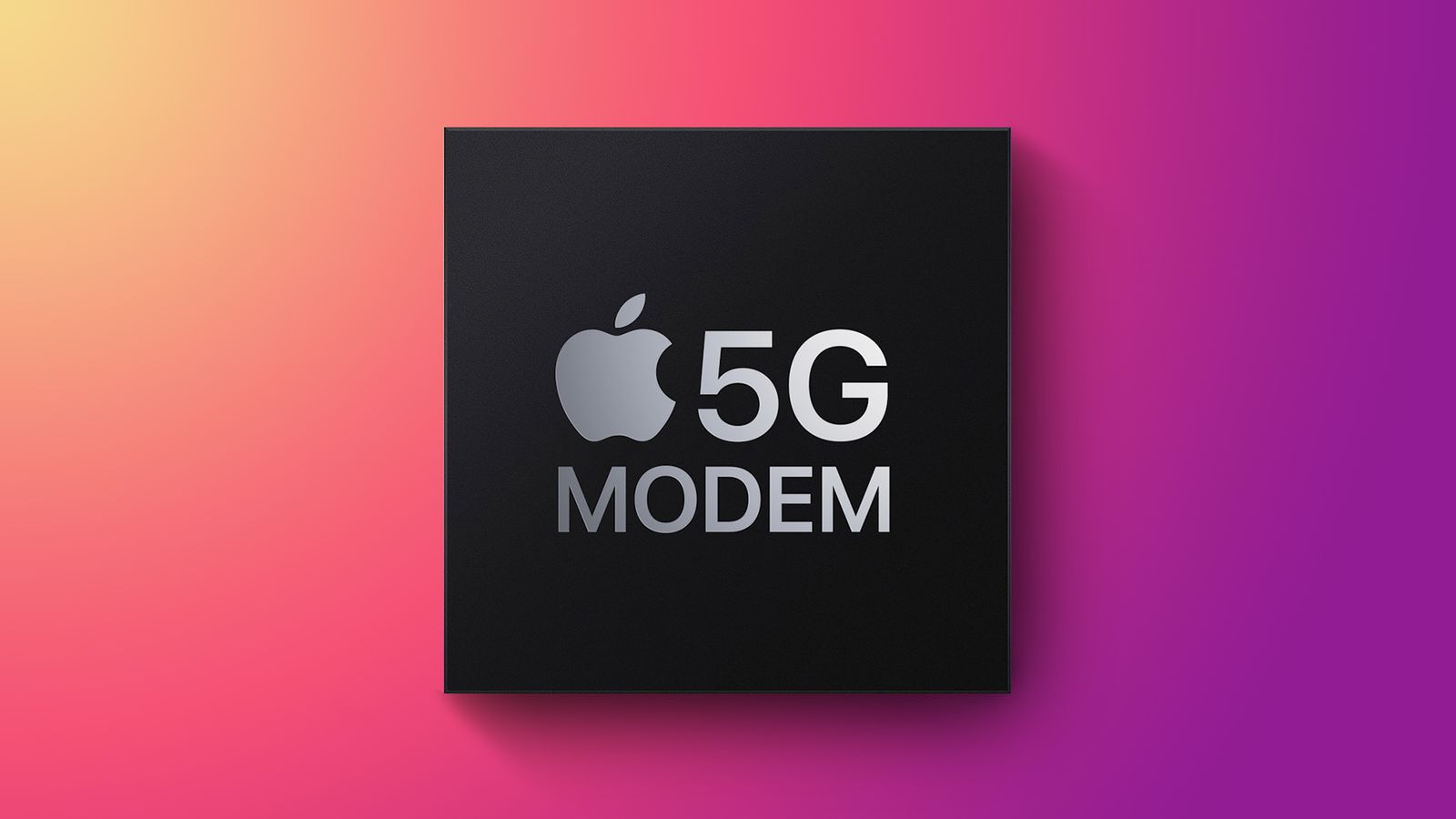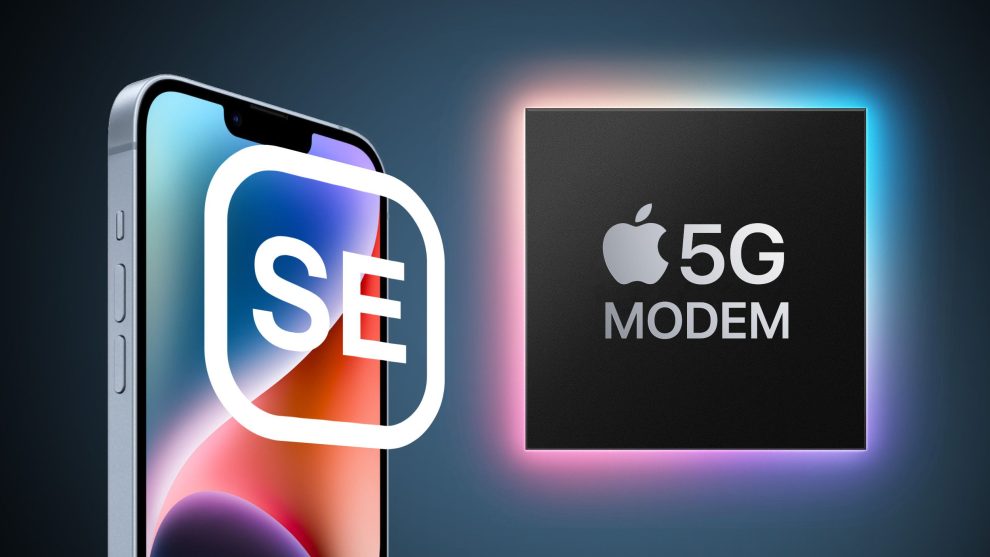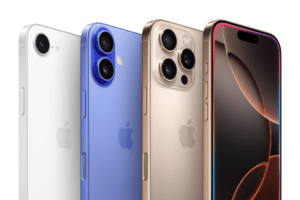Apple’s iPhone SE 4 to feature a groundbreaking custom 5G modem and A18 chip. Discover how this all-in-one connectivity solution could reshape the smartphone industry.
As I stand in the heart of Silicon Valley, there’s a palpable buzz in the air. Tech enthusiasts and industry insiders are abuzz with excitement over Apple’s latest innovation. Today, October 5, 2024, marks a significant milestone in the world of mobile technology. Apple is poised to unveil its groundbreaking custom 5G modem, an all-in-one connectivity solution that promises to revolutionize the smartphone industry.
The Dawn of a New Era in Mobile Connectivity
Walking through Cupertino’s sun-drenched streets, I can’t help but feel the anticipation building. Apple’s upcoming iPhone SE 4, set to launch early next year, is not just another smartphone. It’s a harbinger of a new era in mobile technology.
Dr. Sarah Chen, a renowned tech analyst I met at a local café, explains the significance of this development. “Apple’s custom 5G modem is a game-changer,” she says, her eyes gleaming with excitement. “It’s not just about 5G. This chip integrates WiFi, Bluetooth, and GPS capabilities all on a single chip. It’s a level of integration we’ve never seen before in the industry.”
The A18 Powerhouse: Bringing AI to the Masses
But the custom modem isn’t the only star of the show. The iPhone SE 4 is also set to feature Apple’s latest A18 chip, first introduced in the iPhone 16 lineup. This powerful processor is designed to handle Apple’s new AI features, collectively known as Apple Intelligence.
The inclusion of the A18 chip in the SE 4 is a big deal,” explains John Rodriguez, a software developer I interviewed at a nearby tech incubator. “It means Apple is serious about bringing AI capabilities to its entire lineup, not just the flagship models.”
This move could potentially democratize access to advanced AI features, making them available to a broader range of consumers.

Custom Modem
As we delve deeper into the implications of Apple’s custom modem, it’s clear that this move isn’t without its challenges. Industry insiders suggest that the first iteration of Apple’s modem may offer subpar performance compared to current Qualcomm models.
However, the benefits could outweigh these initial drawbacks. “By integrating all connectivity functions into a single chip, Apple could free up valuable space inside the device,” Chen explains. This could lead to larger batteries or new components that enhance the user experience.”
Moreover, Apple’s control over both hardware and software could lead to optimizations that improve performance over time.
A Leap in Camera Technology
As we stroll past Apple Park, the company’s iconic ring-shaped headquarters, our conversation turns to another exciting aspect of the iPhone SE 4: its camera system.
The SE 4 is rumored to feature the same 48MP main camera as the iPhone 15,” Rodriguez notes. “That’s a significant upgrade from the current SE model. It could bring high-end photography capabilities to a more affordable price point.
This leap in camera technology could make the SE 4 an attractive option for photography enthusiasts on a budget.
Embracing OLED
One of the most striking changes in the iPhone SE 4 is its move to an OLED display. This shift marks the end of LCD screens in Apple’s iPhone lineup, a transition that’s been years in the making.
The switch to OLED is more than just about better colors and contrast,” Chen explains. “It’s about energy efficiency and the potential for new design possibilities. This could be the biggest visual upgrade the SE line has ever seen.”
As our day in Cupertino draws to a close, I can’t help but wonder about the long-term implications of Apple’s modem strategy. While the company plans to start with the iPhone SE 4, there are indications that this custom modem will eventually make its way to the entire iPhone lineup.
“This is just the beginning,” Chen muses as we watch the sun set over Apple Park. “As Apple refines its modem technology, we could see it outperform third-party solutions in ways we can’t even imagine yet. The potential for deep integration between hardware and software is enormous.
As I prepare to leave Cupertino, the excitement in the air is almost tangible. The iPhone SE 4, with its custom 5G modem and A18 chip, represents more than just a new smartphone. It’s a bold statement about Apple’s vision for the future of mobile technology.
By bringing together advanced AI capabilities, improved camera technology, and a revolutionary all-in-one connectivity solution, Apple is not just iterating on its existing products. It’s potentially redefining what a smartphone can be.
While challenges remain, particularly in the initial performance of the custom modem, the potential benefits are clear. From freeing up internal space for larger batteries to enabling new features through deep hardware-software integration, the possibilities are vast.
As the tech world eagerly awaits the official announcement of the iPhone SE 4, expected in the first half of next year, one thing is certain: we’re on the cusp of a new chapter in smartphone evolution. And Apple, with its custom 5G modem and A18 chip, is leading the charge.
















Add Comment